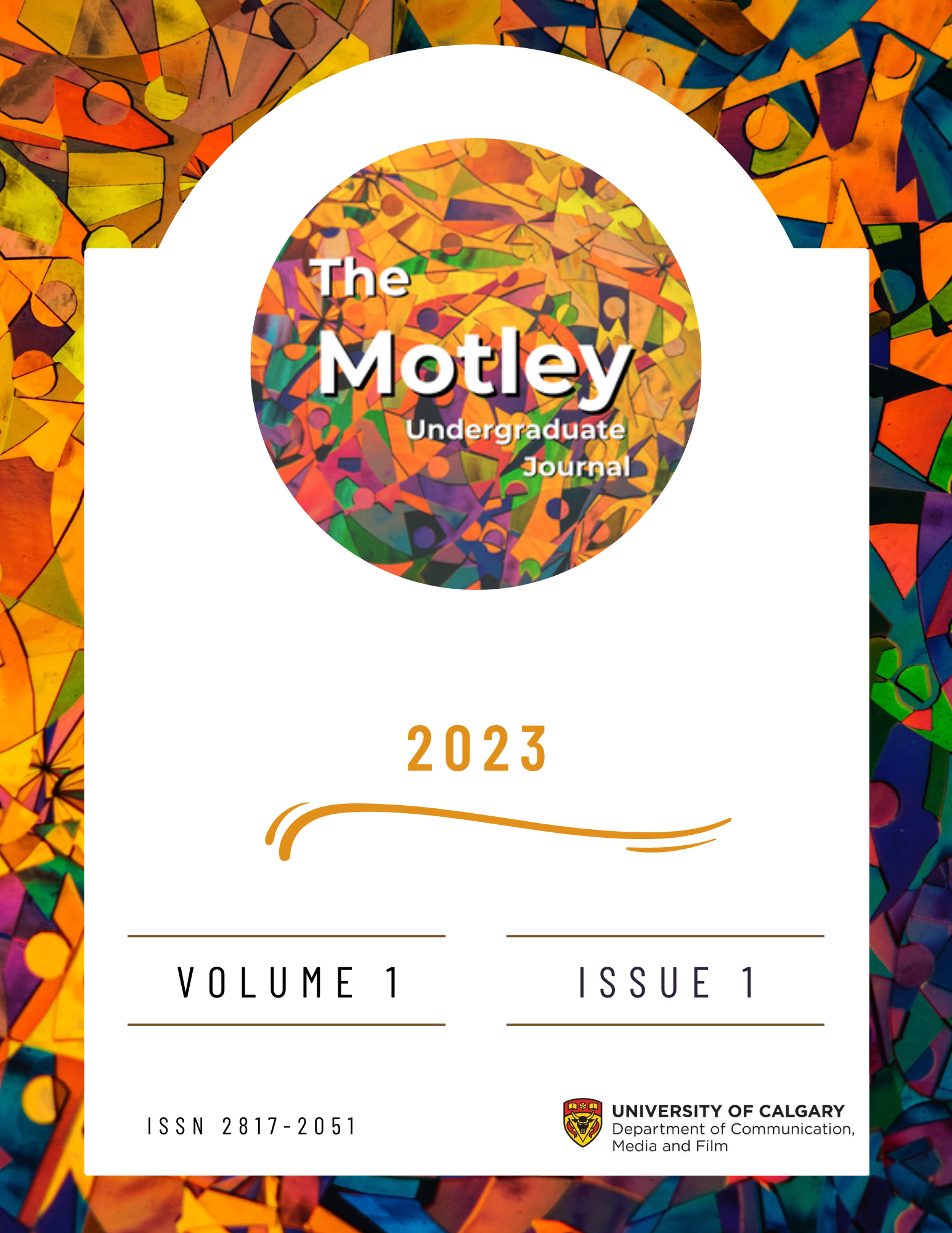The Face of Orientalism
The western appropriation and commodification of Asian culture
DOI:
https://doi.org/10.55016/ojs/muj.v1i1.76327Keywords:
Asian identity, diaspora, cultural identity, racial ontology , TikTokAbstract
Contemporary society today is made up of the intricate fusion of cultural systems. Bound by diaspora, culture becomes a site of open dialogue, wherein its legitimacy is contextualized and positioned by geographical location and traditional accuracy. The construction of cultural identities reflects the cultural norms and codes from which its characterization originates. This is the case for a Tik Tok commentary video made by Cantonese model and content creator Ka Laam Chan, where she presents a highly problematic representation of the Asian American identity and their experience. Despite being born and raised in Hong Kong for most of her life, Chan situates herself as the mouthpiece of all Asian persons in the Chinese diaspora. In situating Chan’s Tik Tok video as an emerging site of racial ontology where academic dialogue can take place, we can attempt to understand the nuanced delineation of the heterogeneity in the Chinese diaspora.
References
Campbell, C.R. (2017). “Representation: Stuart Hall and the “Politics of Signification.” The Routledge Companion to Media and Race. N.p., 11-18.
Chan, K.L. [@ckalaam]. (2021, Aug. 06). “I want to see you in a qipao.” TikTok video,
https://vm.tiktok.com/ZM854FqrK/.
Dyer, R. (2017). “Coloured White, Not Coloured.” White. Routledge, 77–117.
Hassan, R. (2009). “The Recursive Mode: Space, Time, and the Hyper-Commodification of Culture.” Cultural Politics (Biggleswade, England), 5(3), Berg Publishers, 335–58, doi:10.2752/175174309X461110.
Hughes, H.J. (1995). “Spring Arrives: a Stranger's Home in Niigata.” Japan Quarterly, 42(2), Intercontinental Marketing Corporation (Japan), 187.
Pellitteri, M. (2018). “Kawaii Aesthetics from Japan to Europe: Theory of the Japanese “Cute” and Transcultural Adoption of Its Styles in Italian and French Comics Production and Commodified Culture Goods.” Arts (Basel), 7(3), MDPI AG, 24, doi:10.3390/arts7030024.
Mistry, J., and Kiyama, F. (2021). “Navigating Marginalization and Invisibility as Asian Americans in the U.S.” The American Psychologist, 76(4), American Psychological Association, 582–95, doi:10.1037/amp0000782
Ng, S. (2015). “Gendered by Design: Qipao and Society, 1911–1949.” Costume, 49(1),
Routledge, 55–74, doi:10.1179/0590887614Z.00000000063.
Said, E.W. (2014). “Orientalism Reconsidered.” Postcolonial Criticism,126-144.
Siems, M. (2019). “The Law and Ethics of ‘cultural Appropriation’.” International Journal of Law in Context, 15(4), Cambridge University Press, 408–23, doi:10.1017/S1744552319000405.
---. “JK I came here for my education!! but what I said still stand”. Tik Tok, (22 January. 2021)
Downloads
Published
How to Cite
Issue
Section
License
Copyright (c) 2023 Aaren Abigail Atmadja

This work is licensed under a Creative Commons Attribution-ShareAlike 4.0 International License.
Copyright Policy
The Motley Undergraduate Journal is an Open Access article distributed under the terms of the Creative Commons Attribution 4.0 Share-Alike License. Under this license, users are free to share (copy, distribute and transmit) and remix (adapt) the contribution, including for commercial purposes, providing that the original work is properly cited. Under Creative Commons, authors retain copyright in their articles.
Author Self Archiving Policy
Authors are permitted to post their work online in institutional/disciplinary repositories or on their own websites. Pre-print versions posted online should include a citation and link to the final published version in The Motley Undergraduate Journal as soon as the issue is available; post-print versions (including the final publisher's PDF) should include a citation and link to the journal's website.

